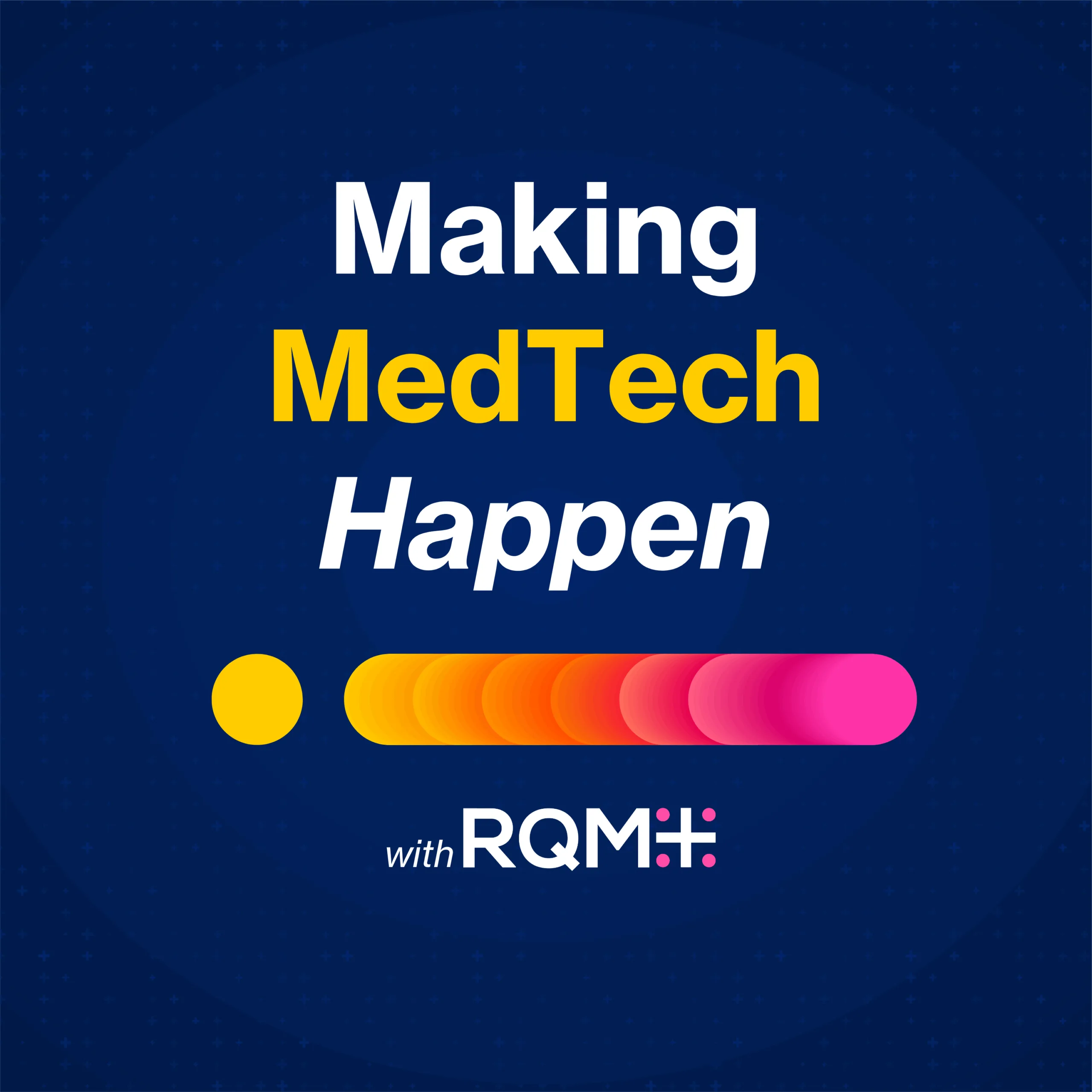Access our collection of MedTech resources, including white papers, case studies, webinars, and more. Use the filters to find exactly what you need.
There are no resources to display.
Making MedTech Happen with RQM+
Tune in to hear RQM+ experts and special guests discuss industry updates, best practices, and challenges relevant to MedTech professionals. Subscribe on Spotify, Apple Podcasts, and other platforms.

